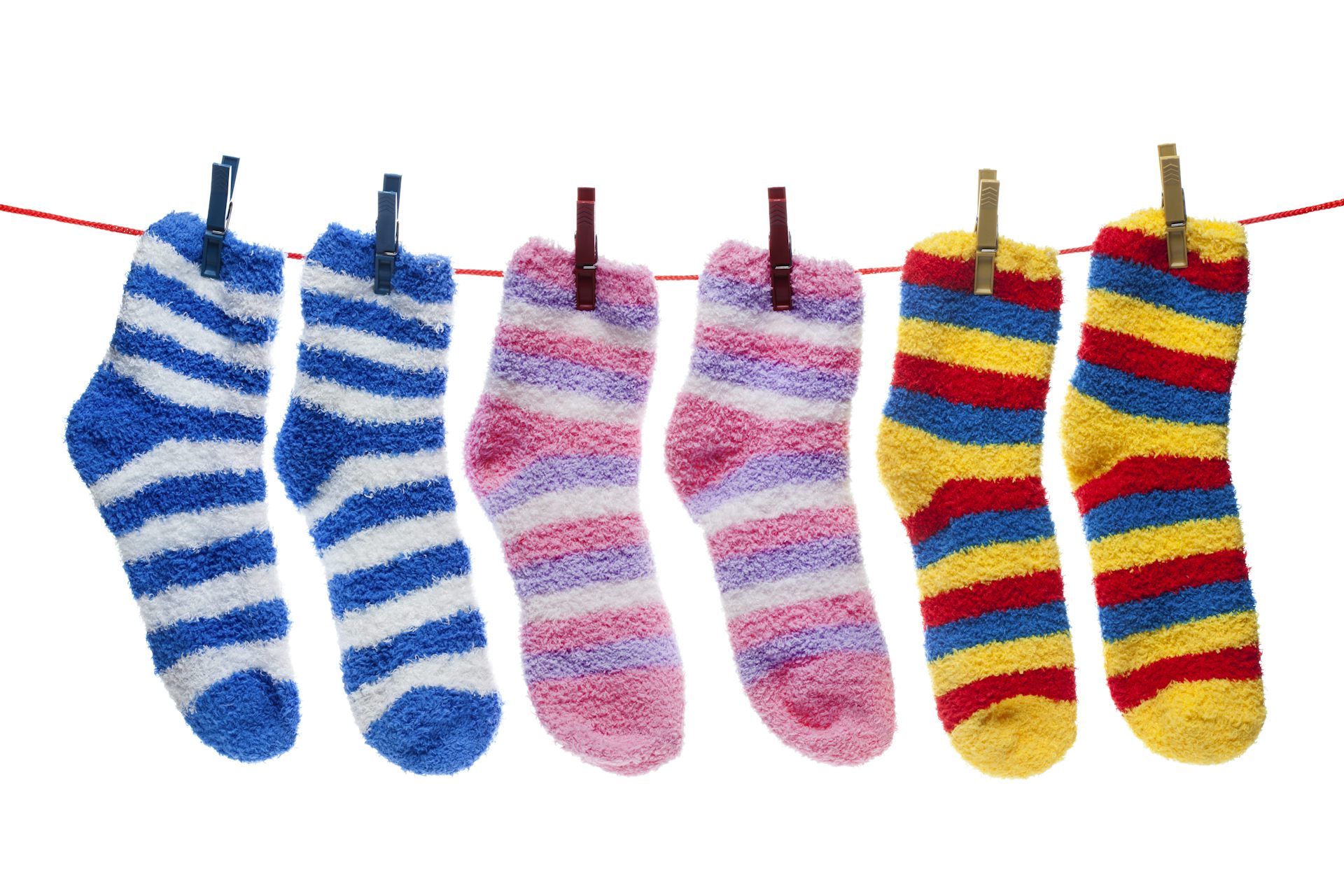Surgeon general’s call for warning labels on social media underscores concerns for teen mental healt
A growing body of research points to links between social media use and mental health harms, but establishing clear cause and effect is diffficult.

Amid growing concerns over the effects of social media on teen mental health, on June 17, 2024, U.S. Surgeon General Vivek Murthy called for warning labels to be added to social media platforms, similar to surgeon general warnings on cigarettes and alcohol.
Murphy’s warning cited research showing that teens who use more than three hours of social media a day face double the risk of mental health problems.
This comes a year after Murphy issued a major public advisory over the links between social media and youth mental health.
As a specialist in eating disorders and anxiety, I regularly work with clients who experience eating disorder symptoms, self-esteem issues and anxiety related to social media.
I also have firsthand experience with this topic: I am 16 years post-recovery from an eating disorder, and as a teenager, I grew up when people were beginning to widely use social media. In my view, the impact of social media on mental health, especially on diet and exercise patterns, cannot simply be mitigated with a warning label. However, it is an important starting point for raising awareness of the harms of social media.
Links, associations and causal effects
Experts have long suspected that social media may be playing a role in the growing mental health crisis in young people. However, the surgeon general’s 2023 warning was one of the first government warnings supported by robust research.
Critics of the call for warning labels argue that it oversimplifies a complex issue and that limiting social media access in any way would do more harm than good. Some supporters feel that it is a step in the right direction and far less restrictive than trying to start with more widespread privacy regulations.
And so far, calls for action over regulating social media have fallen flat.
Researchers are limited to only studying associations, which make causal links difficult to establish. But there are numerous studies that do show a relationship between viewing media and worsened self-esteem, body image and mental health.
Additionally, there is scientific data that has shown the effectiveness of including warning labels to deter use of substances such as tobacco and alcohol.
However, the strategy of warning labels has been used for eating disorder content and digitally altered images on the internet, with mixed results. These studies showed that the warning labels do not reduce the negative impact of the media on body image. Some of the research even found that the warning labels might increase body and appearance comparisons, which are thought to be key reasons why social media can be harmful to self-esteem.
Potential harms
Research shows that images of beauty as depicted in movies, social media, television and magazines can lead to mental illness, issues with disordered eating and body image dissatisfaction.
Body dissatisfaction among children and adolescents is commonplace and has been linked to decreased quality of life, worsened mood and unhealthy eating habits.
The mental health of adolescents and teens has been declining for the past decade, and the COVID-19 pandemic contributed to worsening youth mental health and brought it into the spotlight. As the mental health crisis surges, researchers have been taking a close look at the role of social media in these increasing mental health concerns.
The pros and cons of social media
About 95% of children and adolescents in the U.S. between the ages of 10 and 17 are using social media almost constantly. A 2023 study found that teens spend about five hours per day on social media.
Research has shown that social media can be beneficial for finding community support. However, studies have also shown that the use of social media contributes to social comparisons, unrealistic expectations and negative mental health effects.
In addition, those who have preexisting mental health conditions tend to spend more time on social media. People in that category are more likely to self-objectify and internalize the thin body ideal. Women and people with preexisting body image concerns are more likely than others to feel worse about their bodies and themselves after they spend time on social media.
A breeding ground for eating disorders?
A recent review found that, as with mass media, the use of social media is a risk factor for the development of an eating disorder, body image dissatisfaction and disordered eating. In this review, social media use was shown to contribute to negative self-esteem, social comparisons, decreased emotional regulation and idealized self-presentation that negatively influenced body image.
Another study, called the Dove Self-Esteem Project, published in April 2023, found that 9 in 10 children and adolescents ages 10 to 17 are exposed to toxic beauty content on social media, and 1 in 2 say that this has an impact on their mental health.
Researchers have also found that increased time at home during the pandemic led to more social media use by young people and therefore more exposure to toxic body image and dieting social media content.
While social media alone will not cause eating disorders, societal beliefs about beauty, which are amplified by social media, can contribute to the development of eating disorders.
‘Thinspo’ and ‘fitspo’
Toxic beauty standards online include the normalization of cosmetic and surgical procedures and pro-eating-disorder content, which promotes and romanticizes eating disorders. For instance, social media sites have promoted trends such as “thinspo,” which is focused on the thin ideal, and “fitspo,” which perpetuates the belief of there being a perfect body that can be achieved with dieting, supplements and excessive exercise.
Research has shown that social media content encouraging “clean eating” or following a diet based on pseudoscientific claims can lead to obsessive behavior around food. These unfounded “wellness” posts can lead to weight cycling, yo-yo dieting, chronic stress, body dissatisfaction and higher likelihood of muscular and thin-ideal internalization.
Some social media posts feature pro-eating-disorder content, which directly or indirectly encourages disordered eating. Other posts promote deliberate manipulation of one’s body, using harmful quotes such as “nothing tastes as good as thin feels.” These posts provide a false sense of connection, allowing users to bond over a shared goal of losing weight, altering their appearance and continuing patterns of disordered eating.
While young people can often recognize and understand toxic beauty advice’s effects on their self-esteem, they may still continue to engage with this content. This is in part because friends, influencers and social media algorithms encourage people to follow certain accounts.
Phone-free zones
Small steps at home to cut down on social media consumption can also make a difference. Parents and caregivers can create phone-free periods for the family. Examples of this include putting phones away while the family watches a movie together or during mealtimes.
Adults can also help by modeling healthy social media behaviors and encouraging children and adolescents to focus on building connections and engaging in valued activities.
Mindful social media consumption is another helpful approach. This requires recognizing what one is feeling during social media scrolling. If spending time on social media makes you feel worse about yourself or seems to be causing mood changes in your child, it may be time to change how you or your child interact with social media.
This is an updated version of an article originally published on June 7, 2023.
Emily Hemendinger does not work for, consult, own shares in or receive funding from any company or organization that would benefit from this article, and has disclosed no relevant affiliations beyond their academic appointment.
Read These Next
Vaccine committee votes to scrap universal hepatitis B shots for newborns despite outcry from childr
The decision undoes a highly effective 34-year prevention strategy that has nearly eliminated early…
A culinary educator and local dining expert breaks down Michelin’s debut Philly list − and gives zer
The Michelin awards will almost certainly bring more tourism to the city, and more revenue to the honored…
Girls and boys solve math problems differently – with similar short-term results but different long-
The reasons are not yet fully understood, but researchers consider societal influences that encourage…






